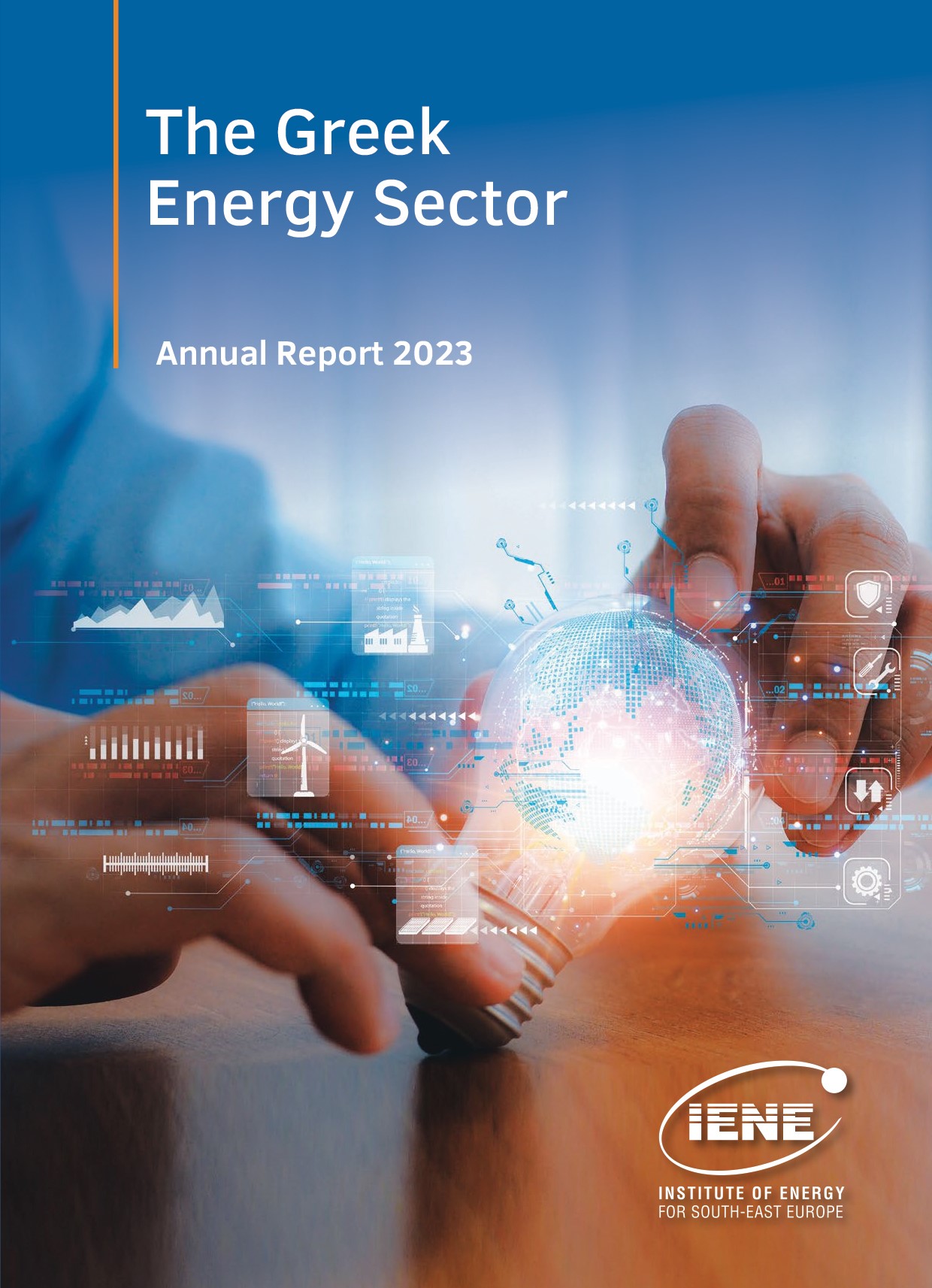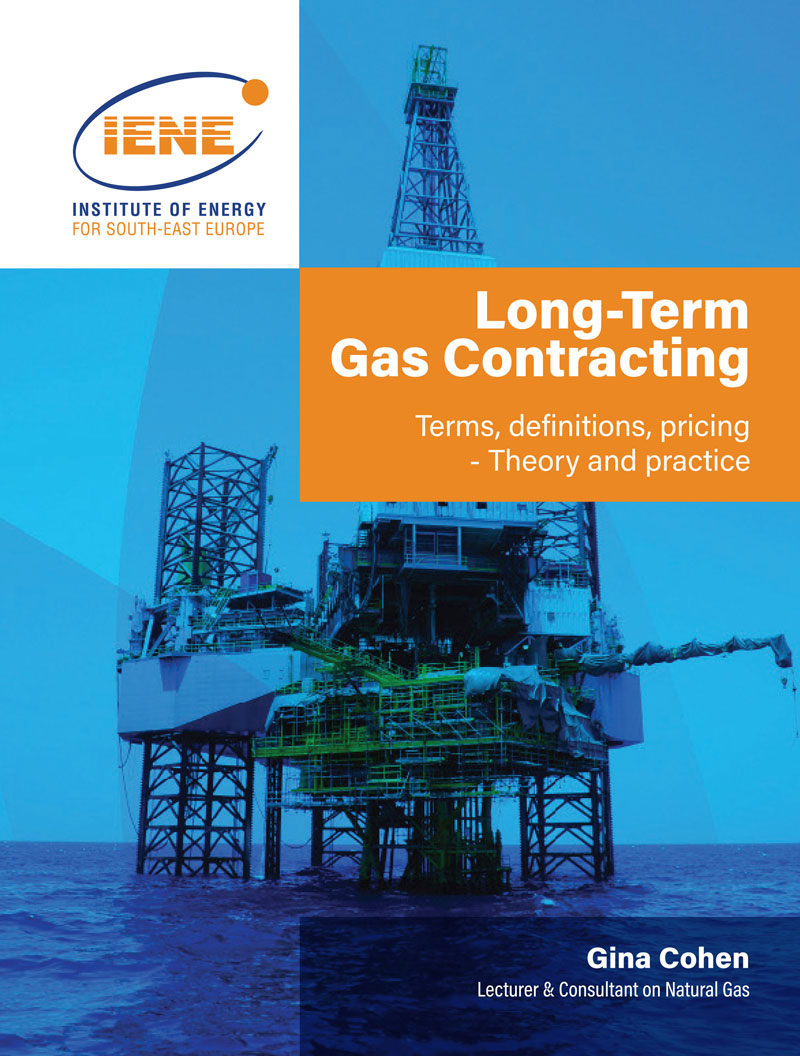In
Shakespeare's Macbeth, Lady Macbeth says that the witches’ prophecies have
"transported me beyond this ignorant present, and I feel now the future in the
instant.” The predictions do not work out well for her and Macbeth in the end,
though: their story is literature's most famous warning about putting too much
faith in forecasts. Rather than adding to the list of unreliable predictions,
for the last Energy Source of 2017 I am going to pick out five questions to
watch in the coming year. The answers may not show the future, but they will at
least reveal the present a bit more clearly.
1) Will the Saudi Aramco IPO go ahead on
an international exchange?
The
flotation of Saudi Aramco on an international stock exchange, still an ambition
for Saudi Arabia although formally described only as an "option”, would be a
landmark event for the kingdom. Not for the cash it would raise, but because of
the new relationships it would build between Saudi Arabia and international
investors, because of the higher levels of scrutiny and disclosure that it
would impose on the company, and because of the signal it would send about the
seriousness of the government’s commitment to reform and diversification away
from oil. A private sale of shares to sovereign wealth funds, another option
under consideration, would not have nearly as great an impact. Abandoning the
flotation or postponing it for any length of time would deal a blow to
expectations of economic reform in the kingdom. The official guidance has been
that Saudi Aramco and the government are still "on track” for a possible
international IPO in 2018. We will soon find out how realistic that aspiration
is.
2) What is Opec’s exit strategy?
With any
policy that is intended to have a finite duration, working out how to get out
of it can be as important as deciding how to go in. Opec and its allies among
leading non-member producers, led by Russia, have agreed to extend their
production curbs until the end of 2018, with an interim review in June.
Assuming that review finds that restraint is still needed — a likely
conclusion, given there is a good chance that global oil inventories will grow
in the first half of the year — the Opec-led coalition will need to make
decisions on its strategy heading into 2019. It is unlikely that all of the
1.8m barrels per day taken off the market under the agreement will come back
immediately on January 1, but the debate over how quickly production restraints
should be eased will be closely watched next year.
3) How quickly will US oil production
grow?
Of the world’s five largest oil-producing countries, only the US is not covered by the Opec-led output curbs, and its industry has been taking full advantage. Over the past 12 months, the number of rigs drilling for oil and gas in the US has risen by 43 per cent to 931. Production has started to respond. US crude output bottomed-out in the second half of 2016, and this month hit 9.77m barrels per day, according to estimates from the US Energy Information Administration. By this time next year, the EIA has forecast, it will have hit a new record high of about 10.3m b/d, exceeding the previous peak reached in 1970. Other estimates suggest even stronger growth.
Rystad
Energy thinks US production is already running at about 10m b/d at the end of
2017, and will rise to 11m b/d by the end of 2018. That pace of growth would
mean that the US would be able to supply most of the additional oil demand
expected next year, and would prompt hard questions for Opec members about
whether their strategy of production restraint was paying off. Shale production
in the US was still a largely unprofitable activity in the US this year, and
exploration and production companies are facing more difficulties raising
equity financing from investors who have become increasingly concerned about
returns, but debt markets still seem to be open. For as long as the financing
keeps flowing, Rystad’s projections — bullish for production, bearish for
prices — will look achievable.
4) Will China’s government persist with
its war on coal?
China accounts for about half of the world’s coal demand, so its decisions on consumption have huge implications for world coal markets and greenhouse gas emissions. In the second half of this year the government has been making an effort to shift consumers away from coal and on to gas, but the strategy has hit a series of difficulties. There has been a partial rollback from the policy, with mines urged to increase production of high-grade coal for heating.
The anti-coal campaign from Beijing continues, however. On Thursday the province of Shandong said that in 2018 it planned to close nine coal mines with a total production capacity of 10.23m tonnes per year. Adani Group has been unable to secure Chinese investment for its controversial A$2bn Carmichael Coal Mine project in Australia. Whether or not the Chinese government persists with this pressure on coal will set the course of world carbon dioxide emissions for 2018 and years to come.
China’s
strategy also has important implications for world gas markets. For companies
seeking to build the planned "second wave” of US LNG plants, 2018 will be a
critical year. Signing a long-term contract with a Chinese buyer would give any
of them a huge boost.
5) How many Model 3s will Tesla deliver?
Elon Musk, technological visionary and showman, prophet of interplanetary travel, has pinned the future of his company on a relatively humdrum market: competitively priced mass-produced passenger cars. The Tesla Model 3, which started rolling off the production lines this year, needs to be a commercial success to justify the faith that investors have placed in Mr Musk. Tesla has already admitted that production has suffered from teething problems, meaning that deliveries in the final quarter of 2017 are likely to have been much lower than was originally hoped. In 2018, Tesla is aiming to show that it can deliver cars for the enthusiasts that signed up for the Model 3 pre-production, and demonstrate performance that is impressive enough to build a market beyond the diehard fans.
Its success or failure will be critical for the future of electric vehicles. The EV and battery storage industries are much bigger than just one company, of course, in spite of Mr Musk’s efforts to suggest otherwise. But Tesla has played a key role on its way up, in challenging competitors, investors and customers to aim higher in their expectations for the potential of electric cars. If it were to fail, it could have a similarly powerful demonstration effect on the way down.
*US Industry and Energy Editor at the Financial Times, based in New York
(Financial Times, December 29, 2017)

 by Ed Crooks*
by Ed Crooks*





 More
More









